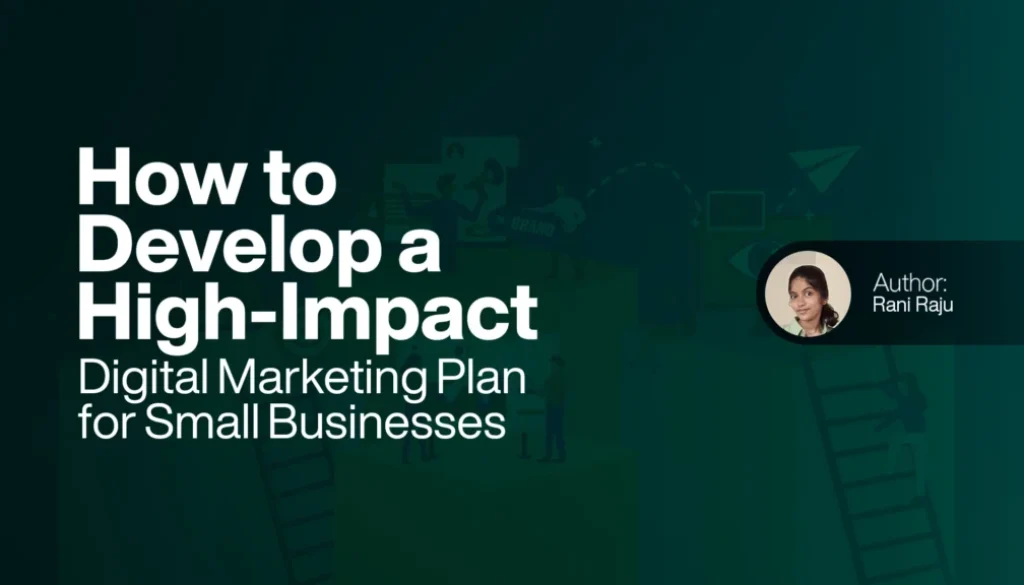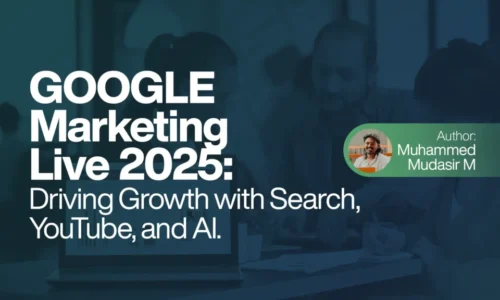How to Develop a High-Impact Digital Marketing Plan for Small Businesses
Small businesses often struggle to compete with larger brands in the digital world. However, with a well-planned digital marketing strategy, even a small business can achieve impressive growth. In this guide, we’ll break down the key steps to building a successful digital marketing plan that drives traffic, increases engagement, and boosts sales.
Table of Contents
Define Your Goals
Before diving into marketing techniques, it’s crucial to set clear, measurable goals. Ask yourself:
- Do you want to increase brand awareness?
- Are you looking to generate more leads?
- Is your focus on boosting sales or improving customer retention?
Action Step: Use the SMART framework (Specific, Measurable, Achievable, Relevant, Time-bound) to set realistic goals.
Understand Your Target Audience
Your marketing efforts should revolve around your ideal customers. The better you understand them, the more effective your strategy will be.
Action Step: Create a buyer persona with details like:
- Age, gender, and location
- Interests and online behavior
- Pain points and purchasing motivations
Use tools like Google Analytics, Facebook Audience Insights, and customer surveys to gather insights.
Build a Strong Online Presence
Your website and social media profiles serve as the foundation of your digital marketing strategy.
Website Optimization Tips:
- Ensure a mobile-friendly, fast-loading site
- Use clear CTAs (Call-To-Actions) to guide visitors
- Optimize for SEO with relevant keywords
Social Media Strategy:
- Choose platforms where your audience is most active
- Maintain a consistent posting schedule
- Engage with followers through comments and messages
Content Marketing: Educate and Engage
Quality content helps attract, engage, and retain customers
.
Effective Content Types:
- Blog posts that answer customer questions
- Infographics that simplify complex topics
- Videos showcasing products or testimonials
- Email newsletters with updates and offers
Action Step: Plan a content calendar to maintain consistency.
Invest in SEO for Long-Term Growth
Search Engine Optimization (SEO) helps your website rank higher on Google, bringing in organic traffic.
SEO Best Practices:
- Use relevant keywords in content
- Optimize meta titles and descriptions
- Build high-quality backlinks
- Improve site speed and user experience
Leverage Paid Advertising for Faster Results
Organic growth takes time, but paid ads can give quick visibility.
Paid Advertising Channels:
- Google Ads (for search visibility)
- Facebook & Instagram Ads (for audience targeting)
- LinkedIn Ads (for B2B businesses)
Action Step: Set a budget, test different ad creatives, and track performance to optimize ROI.
Track, Analyze, and Optimize
No marketing strategy is complete without tracking performance.
Key Metrics to Monitor:
- Website traffic (Google Analytics)
- Social media engagement (likes, shares, comments)
- Conversion rates (sales, leads, sign-ups)
Use data insights to refine your approach and improve results.
Final Thoughts
A high-impact digital marketing plan for small businesses requires a mix of organic growth, paid advertising, and continuous optimization. By defining your goals, understanding your audience, and leveraging SEO, social media, and content marketing, you can build a strong online presence and drive business success.
Author Info
Rani, a Digital Marketing Expert in Dubai.
Learner of CDA Online Digital Marketing Training.



